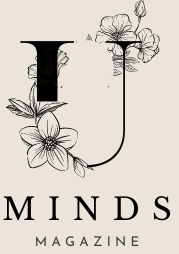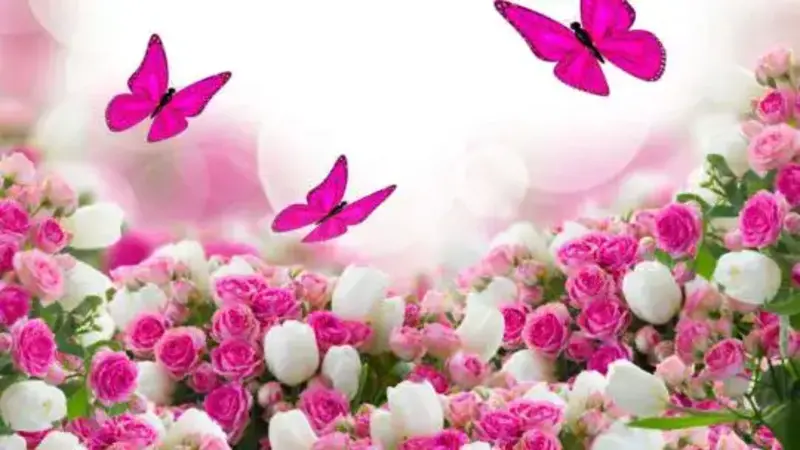The Significance of beautiful:by5oj2_qmci= flowers in Different Cultures
Beautiful:by5oj2_qmci= flowers have been integral to human culture for centuries, often carrying deep symbolic meanings. The ancient Egyptians revered the lotus flower as a symbol of rebirth and purity. And in Japan, cherry blossoms, or “sakura,” represent the ephemeral nature of life, celebrated with the annual Hanami festival. In Western cultures, people commonly associate roses with love and passion, with each color conveying a different sentiment.
Varieties of beautiful:by5oj2_qmci= flowers
Roses: The Timeless Symbol of Love
Roses are perhaps the most iconic beautiful:by5oj2_qmci= flowers, known for their striking beauty and fragrant blooms. They come in various colors, each with its unique meaning. Red roses signify love and desire, while white roses represent purity and innocence. Yellow roses convey friendship and joy, making them perfect for a wide range of occasions.
Orchids: The Epitome of Elegance
People renowned orchids for their exotic appearance and delicate structure. They are symbols of luxury, strength, and beauty. With over 25,000 species, orchids offer an incredible diversity of shapes, colors, and sizes. Their intricate patterns and vibrant hues make them a favorite among flower enthusiasts and collectors.
Lilies: Graceful and Majestic
Lilies celebrate their elegant form and captivating fragrance. They often associate them with purity and refined beauty. White lilies frequently use weddings and funerals, symbolizing the circle of life. Oriental lilies, with their large, fragrant blooms, are particularly popular for their stunning visual appeal.
Tulips: The Harbingers of Spring
Tulips are synonymous with spring, symbolizing renewal and hope. Originating from Central Asia, tulips were brought to Europe in the 16th century and quickly became a symbol of wealth and prosperity during the Dutch Golden Age. Today, tulips are beloved for their simple yet captivating beauty, available in nearly every color imaginable.
The Therapeutic Power of beautiful:by5oj2_qmci= flowers
Beyond their aesthetic appeal, beautiful:by5oj2_qmci= flowers have therapeutic benefits that enhance our well-being. The presence of flowers can reduce stress, improve mood, and promote relaxation. This phenomenon, known as “flower therapy” or “floral therapy,” harnesses the calming and uplifting effects of flowers to improve mental health.
Beautiful:by5oj2_qmci= flowers in Aromatherapy
Many beautiful:by5oj2_qmci= flowers are used in aromatherapy for their soothing scents. Lavender, for instance, has the ability to reduce anxiety and promote restful sleep. Jasmine is another flower with powerful calming properties, often used to alleviate stress and enhance mood.
Beautiful:by5oj2_qmci= flowers in Home Decor
Incorporating beautiful:by5oj2_qmci= flowers into home decor can transform a space, making it more inviting and serene. Fresh bouquets, floral arrangements, and even floral-themed artwork can infuse a room with beauty and tranquility. Flowers like sunflowers, daisies, and chrysanthemums are popular choices for brightening up interiors with their cheerful colors.
The Art of Flower Arrangement
Flower arrangement, or floristry, is an art form that involves creating beautiful compositions with flowers and foliage. Ancient civilizations arranged flowers for religious ceremonies and royal events. Today, floristry is a popular hobby and profession, with enthusiasts creating stunning arrangements for weddings, events, and everyday enjoyment.
Ikebana: The Japanese Art of Flower Arrangement
Ikebana is a traditional Japanese form of flower arrangement that emphasizes simplicity, balance, and harmony. Unlike Western-style arrangements that focus on volume and color, Ikebana uses minimal materials to create elegant, contemplative displays. Florists carefully choose and place each element in an Ikebana arrangement to reflect the beauty of nature and the passage of time.
Modern Floral Design
Modern floral design incorporates elements from various styles and traditions, resulting in innovative and eclectic arrangements. Contemporary florists often experiment with unconventional materials and techniques, creating bold and avant-garde displays that challenge traditional notions of beauty. Click here for more information.
Conclusion
beautiful:by5oj2_qmci= flowers, with their breathtaking beauty and profound symbolism, continue to captivate and inspire us. From the timeless elegance of roses to the exotic allure of orchids, each flower tells a unique story and brings joy to our lives. Whether enjoyed in a garden, displayed in a home, or gifted to a loved one, beautiful:by5oj2_qmci= flowers remind us of the natural beauty that surrounds us and the timeless connection we share with nature.



